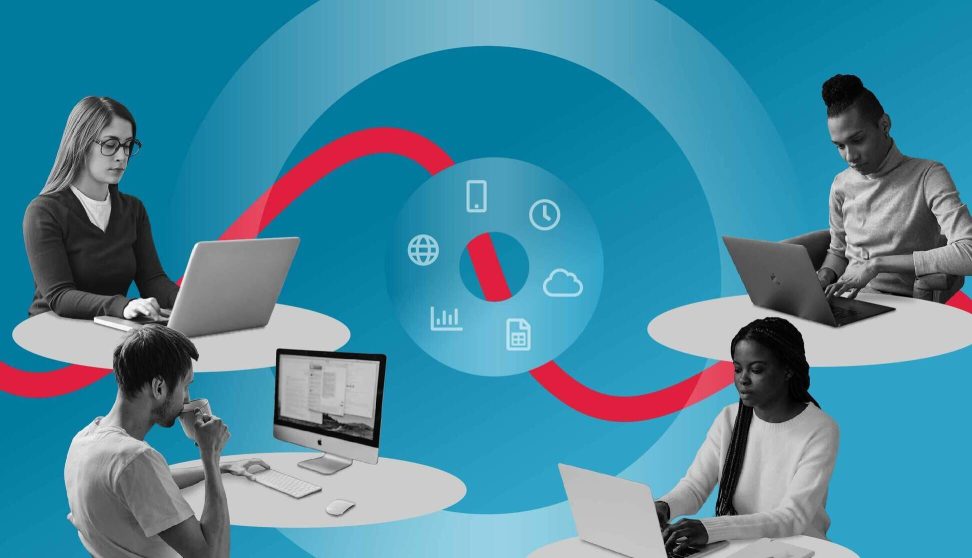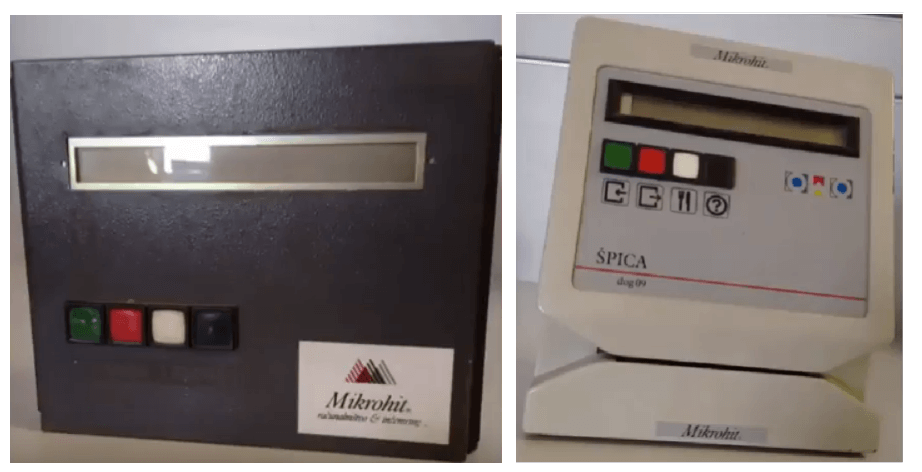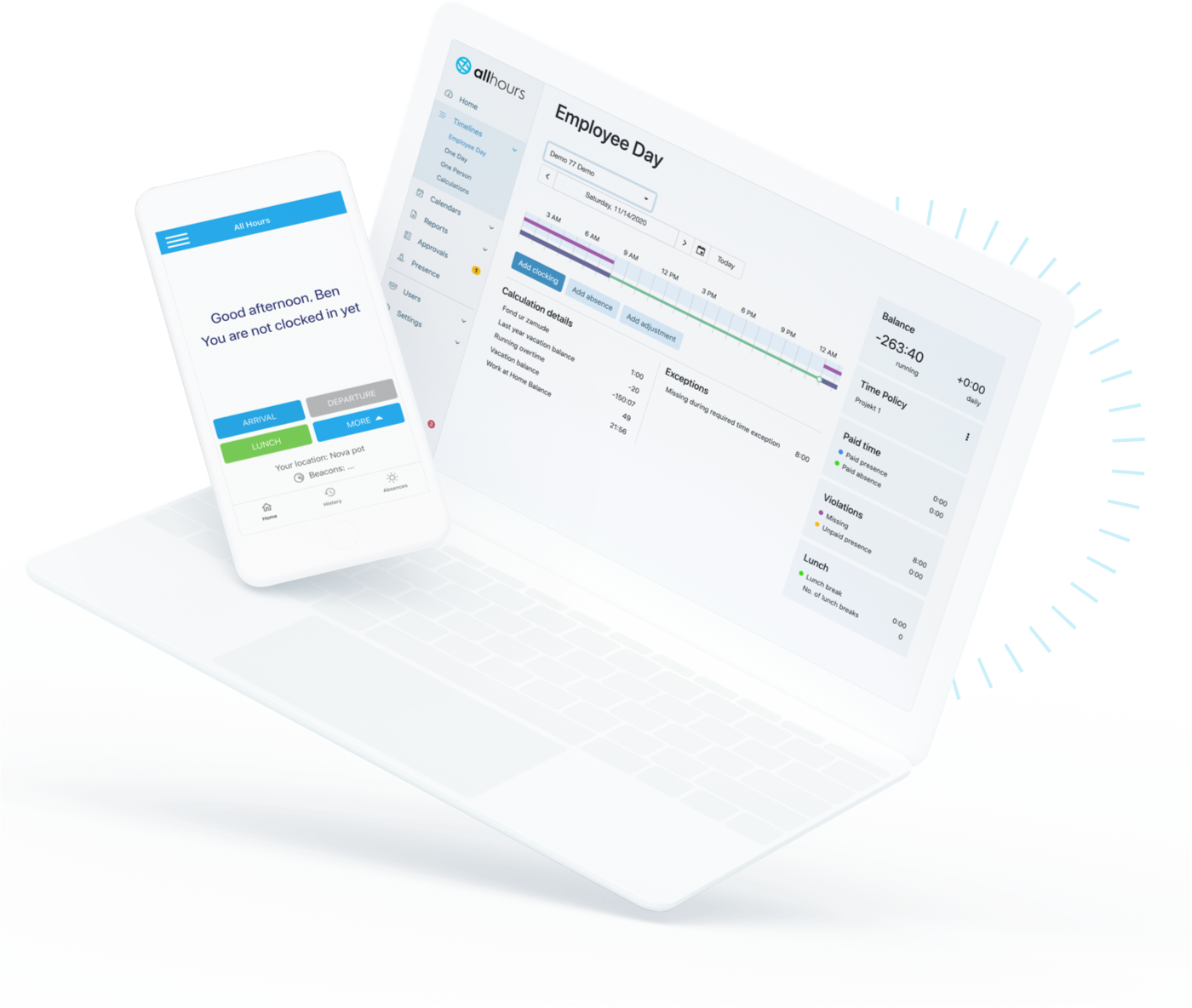How to choose the best clocking system for a modern workplace


Business environments and workplace demands have changed dramatically over the last few decades, and with digital transformation and the rise in remote work, flexiwork, freelancing, and similar trends, it is expected that the workplace will change even more radically in the near future.
That means businesses also need to adapt in terms of keeping records of time and attendance and tracking the time employees spend on different projects.
In this blog post we will look closely at what a business should consider when choosing the best clocking system for a modern workplace.
- The clocking system in the old days of traditional office work
- What’s changed? The paradigms of a modern workplace
- Digitalization of business processes, including time and attendance
- The best type of clocking system for a modern workplace
- Mobile Clocking - a portable clocking system
- Web Clocking - with detailed analytics
The clocking system in the old days of traditional office work
There were times when employee attendance was, in a way, much simpler to deal with than it is today. Every employee used to arrive to work through the same company entrance and working hours were more or less the same for all employees.
Consequently, working hours could be tracked very easily. You probably still remember the old clocking systems, with devices mounted to the wall at the company entrance to manually clock in and out on.
The bottom two photos are actually the historical legacy of our company!
Since those days clocking systems and time clock terminals have of course been modernized (and beautified), yet they have also kept their basic functionality, and their place by the company door.

What’s changed? The paradigms of a modern workplace
Now let’s take a closer look at modern businesses. Say your company is based in the UK. Some of your employees work on-site and some of them work from home or from coworking spaces.
Oh, and your company also employs a graphic designer who is based in France, a web developer from Poland, a digital marketing specialist from Belgium, … well, you get the picture.
Yes, this is exactly how a modern workplace looks. Here are just a few examples of working arrangements that are becoming part of this new, modern workplace:
- Remote work
- Job sharing
- Part-time work
- Compressed work week
- Flexitime
- Freelancer outsourcing
Technology and digitalization have made it possible not to worry about the physical location (and working time, to some extent) of your employees anymore.
They can work together seamlessly from almost every part of the world, using digital tools and devices.
But here comes an important question - at which door do you mount the clocking system now; all or none of them? And how do you track employee attendance in that case?
The government of course still requires you to demonstrate that your employees do not work unauthorized overtime and that work attendance policies are being complied with.
And you as an employer want to make sure your employees really work and are productive.
Digitalization of business processes, including time and attendance
Some companies have now moved from paper-based time and attendance systems to excel spreadsheets.
Maybe you have also simply kept records of employee attendance in manual Excel timesheets all this time, not worrying about clocking systems at all.
But have you ever wondered why it’s necessary to put in all these hours of manual work just to calculate hours when there is simple, inexpensive software available on the market which does it for you?
Using a clocking system, that you can simply download all the company timesheets, which are filled-out automatically.
This can save you hours of administrative work, not even counting all the effort it takes to actually collect all those timesheets from your employees regularly and on time. Also, good luck organizing them neatly and finding anything fast when you need it.
There’s a huge trend of core business processes moving to the cloud and being digitalized, and time and attendance is no exception. If you want to stay competitive and keep your productivity high, digitalizing the core HR processes is a must.
The best type of clocking system for a modern workplace
In the context of these rapidly changing business environments and workplace trends, clocking systems have obviously had to evolve to be able to satisfy these new business needs.
But what is the best way to track the working hours of employees working at various locations and at different times? Should you get them a portable time clock?
It seems like an expensive joke, but that is exactly the best solution for a modern office. And while you’re at it, why not use a portable device that practically everyone already owns - a smartphone, or even a computer for that matter.
So, say hello to mobile and web clocking.
Mobile Clocking - a portable clocking system
With the All Hours mobile clocking app, your employees can clock-in and out from any approved location, even when they are offline. You are provided with an overview of their working hours and information on their current whereabouts in a simple online timesheet.
You can also assign personalized working-time settings to specific employees or teams, based on their location, time zone, working schedule, or language.
Your employees use a simple mobile app to log their working hours. Each clock-in is marked with an exact geolocation, and the option to approve or decline it.
Online leave management is also included in the All Hours clocking system. Your employees send vacation or sick leave requests directly through the app, and you receive notifications about new requests so you can review them.
By using an online time and attendance solution, your company timesheets will always be up-to-date, ready for an unexpected visit from government officials, and paper-free.
Web Clocking - with detailed analytics
And what if we told you that the mobile app is connected to the web time clock, a portal where your employees can not only clock-in and out, but also review their working hours, sick leave, and vacation requests?
You can even choose whether you want them to log their hours using a mobile app, the web-based clock, or both.
In the case that your employees work mostly behind a computer, the easiest way for them to register their working hours is definitely web clocking.
The web portal will inform them of how many hours they have left to work on a given day allowing them to better plan their working time and breaks.
As an administrator, you can always check which of your remote employees is currently present and working, without having to check in with them directly and possibly disrupting their leisure time.
As you can see, a mobile and web clocking system, together with digitalized core HR processes, is a big evolutionary upgrade for clocking systems.
It’s a much more efficient, transparent, and effortless system; and a huge timesaver for everyone involved, especially if you find a clocking system that suits your needs.
Don’t hesitate: try a modern clocking system for free with All Hours. And if your situation requires any advanced onprem or hybrid systems, or even clocking terminals and other similar hardware, here at Spica we’ve got you covered.







